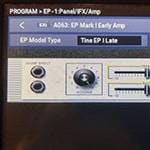Queens of Latin-Inspired J-Pop Female Artists, Volume 3
In this special feature, we explore the masterpieces of bossa nova and samba by examining composers and performers. Volume 3 takes a different approach, focusing on energetic Latin-style musicians from the 1980s.
This time, we spotlight Meiko Nakahara—the artist behind the hit song "Kimitachi Kiwi Papaya Mango."
Energetic Kayōkyoku!? No way! A Shining Collection of J-Pop Masterpieces!
Meiko Nakahara, born in 1959 in Chiba, is a singer-songwriter with a legacy of brilliant songs in J-Pop history. When people hear her name, many immediately think of "the Kiwi, Papaya, Mango song."
Her hit "Kimitachi Kiwi Papaya Mango Da ne" came out in 1984—an incredible 38 years ago. That was a time before the term "J-Pop" even existed!
At the time, Meiko Nakahara was a frequent presence on television, often appearing as a pop idol of sorts. Dressed in fluttering, colorful outfits, she sang and danced to her hit song "Kimitachi Kiwi Papaya Mango Da ne." Anyone who lived through that era would surely remember it—it was that impactful.
Due to the promotional style surrounding her, Nakahara was sometimes associated with a more lighthearted, commercial image. However, what many people don’t realize is that she was a highly talented artist who wrote both her own lyrics and music. Her exceptional songwriting skills are undeniable, in my opinion.
The Second Yuming!?
No matter which of her albums you listen to, the quality of the songs always stands out. Her melodies are incredibly catchy, and when infused with a Latin flavor, they become unmistakably Meiko Nakahara.
At the time, her record label promoted her as "the second Yuming" (Yumi Matsutoya)—a testament to the respect her musical talent commanded within the industry.
I must admit, I initially viewed her through a novelty-act filter. Looking back, that was a mistake—how embarrassing!
When I listened to the 1990 album "303 EAST 60TH STREET," I was completely blown away by its brilliance.
I even lent the CD to a senior colleague who is a big jazz fan, and to my surprise, he ended up buying his own copy. His reaction? "The music was even better than I expected!"
Meiko Nakahara’s Recording Musicians Were All First-Call Players!
The incredible musicians supporting her outstanding songs were all top-tier, first-call artists in Japan.
Hiroshi Shinkawa – Arranger and keyboardist
Satoshi Nakamura – Former Prism keyboardist and saxophonist
Tsuyoshi Kon – Highly sought-after guitarist known for his work with Akira Terao and Masaharu Fukuyama
Nobu Saito – One of Japan’s top percussionists Such an elite lineup!
■ Recommended Album: Meiko Nakahara – Lotus (1984)
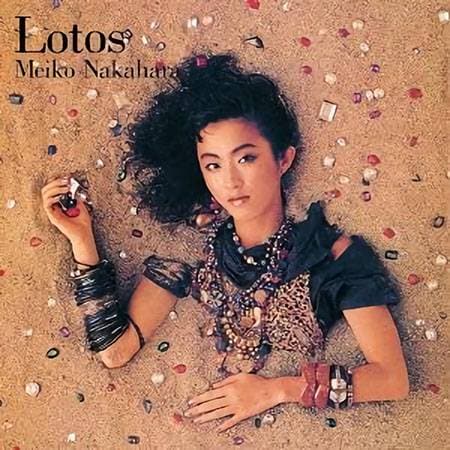
Meiko Nakahara’s fourth album, Lotus, is packed with excellent tracks beyond just the massive hit "Kimitachi Kiwi Papaya Mango Da ne."
Alongside upbeat songs like "Lotus no Kajitsu" and "Emotion," the album also features introspective melodies such as "Scorpion" and "I Miss My Valentine."
While some elements may feel slightly dated today, the energetic Latin-inspired sound still holds up remarkably well, making it a worthwhile listen even now.
Recommended Track: Lotus no Kajitsu
The opening scat alone is irresistibly catchy! The vibrant steel pan sounds instantly amplify the Latin flavor, followed by a harmonica reminiscent of Toots Thielemans. The sheer energy and speed of the intro immediately grab you—an absolute testament to Hiroshi Shinkawa’s brilliant arrangement. It’s just so cool!
There’s a certain playful, almost kitschy charm to it (in the best way possible!), but that’s exactly what makes Meiko Nakahara’s music so uniquely captivating.
Recommended Track: Kimitachi Kiwi Papaya Mango Da ne
A commercial song for a cosmetics brand, "Kimitachi Kiwi Papaya Mango Da ne" was a collaboration between Meiko Nakahara (composer) and Yukinojo Mori (lyricist). The catchy brass arrangement was crafted by Ichiro Nitta, leader of the band Spectrum.
Both the A and B melody sections are beautifully composed, showcasing Nakahara’s exceptional talent as a melodist—far beyond just her flashy, upbeat image.
Nitta’s bold and dynamic brass phrases perfectly complement Nakahara’s signature Latin-inspired sound.
■ Recommended Album: Meiko Nakahara – 303 EAST 60TH STREET (1990)

In 1988, Meiko Nakahara paused her music career and relocated to New York. After two years, she completed this album, with its title reportedly taken from her actual New York address.
The album features top-tier musicians, including:
Satoshi Nakamura (keyboards & synthesizer, formerly of Prism)
Susumu Kazuhara (trumpet, trombone)
Shigeya Hamaguchi (percussion, flute)
Tsuyoshi Kon (guitar)
Reflecting the era’s production style, Itaru Sakoda handled the computer programming.
This album is primarily built on programmed instrumentation, with no live drummer or bassist. Yet, it still manages to groove—thanks to Itaru Sakoda’s programming skills and the strategic layering of live guitar and other elements, which help balance out the mechanical feel.
Meiko Nakahara’s compositions exude a certain relaxed mood, giving the album a more refined and mature atmosphere.
Recommended Track: Diamond Miwake Nasai
Tsuyoshi Kon’s guitar cutting is outstanding in this track. The balance between single-note backing and chord cutting is exquisitely woven into the ensemble. Although it’s a programmed track, the prominent guitar arrangement keeps it from feeling mechanical. The clever mixing plays a big role in eliminating any artificiality.
Compared to the next track, "Nassau no Tsuki," this song incorporates strings alongside the brass ensemble, adding depth to the arrangement. The percussion is also used effectively, creating an interesting ensemble where the snare drum is barely audible—yet it all blends seamlessly without feeling unnatural.
Recommended Track: Nassau no Tsuki
The standout track of the album! The striking brass ensemble, combined with a salsa-inspired piano clave rhythm, instantly ignites a vibrant Latin atmosphere.
Meiko Nakahara delivers a cool, effortless vocal performance, allowing the music’s groove to take center stage. The nylon-string guitar obbligato subtly complements her singing, effectively eliminating any mechanical feel from the programmed elements.
With its infectious brass-driven energy, this song is an undeniable dance-worthy masterpiece!
Recommended Track: Daybreak in N.Y.
The bossa nova-inspired atmosphere in this track is masterfully crafted. Once again, Tsuyoshi Kon’s acoustic guitar shines, adding warmth and erasing any mechanical feel from the programmed elements.
A programmed bossa nova carries a unique ambiance, and this song exemplifies that beautifully. The saxophone solo, played by Satoshi Nakamura (also the keyboardist), adds a jazzy sophistication, while the outro’s acoustic guitar solo is simply outstanding. The synth backing, modeled after brass to support the guitar, is also pleasant.
Featured Musicians, Albums, and Recommended Tracks
- Musicians: Meiko Nakahara, Satoshi Nakamura (Keyboard, Saxophone), Tsuyoshi Kon (Guitar), Itaru Sakoda (Programming)
- Albums: Lotus (1984), 303 EAST 60TH STREET (1990)
- Recommended Tracks, "Lotus no Kajitsu", "Kimitachi Kiwi Papaya Mango Da ne", "Diamond Miwake Nasai", "Nassau no Tsuki", "Daybreak in N.Y."
⇨ SOUND HOUSE Piano/Synthesizer Collection
The “sound & person” column is made up of contributions from you.
For details about contributing, click here.






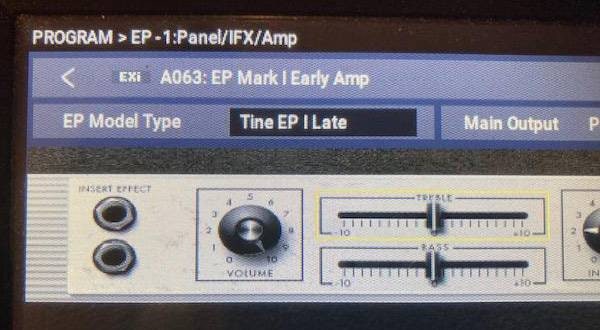





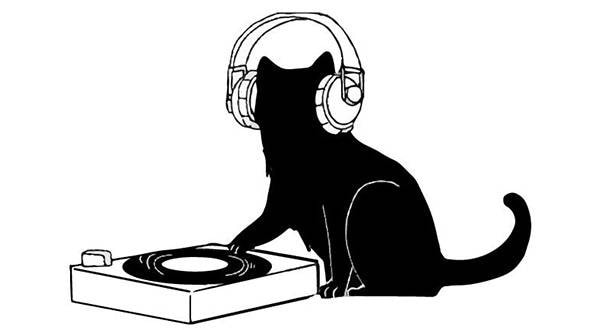
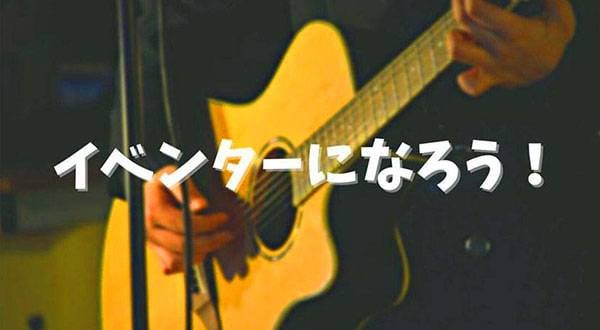
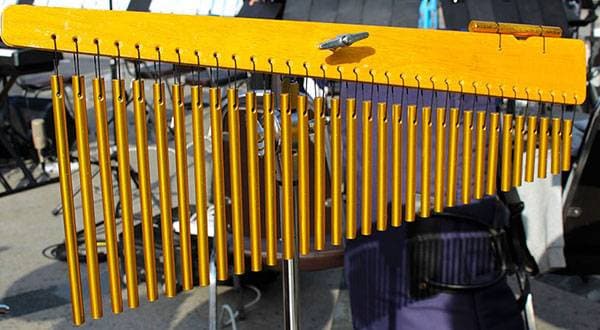
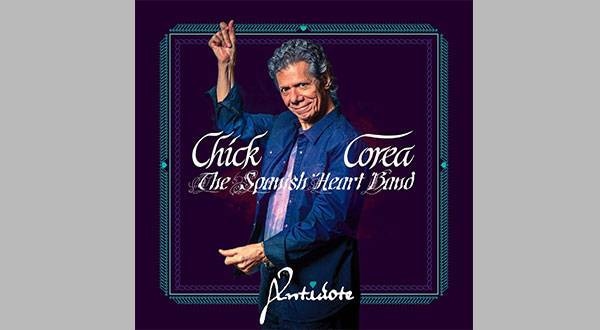
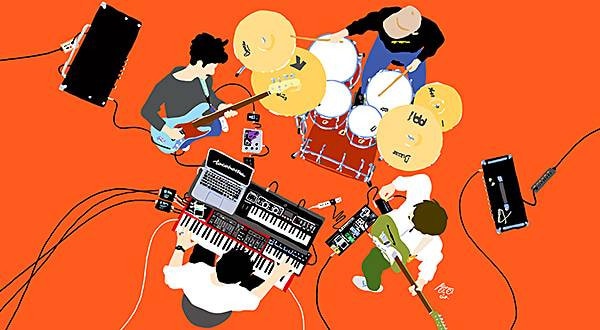
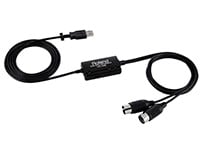 USB接続MIDIインターフェイス
USB接続MIDIインターフェイス
 USB接続対応のMIDIキーボード
USB接続対応のMIDIキーボード
 超オススメのフレーズ道場 キーボード
超オススメのフレーズ道場 キーボード
 キーボードスタートガイド
キーボードスタートガイド
 キーボード・ピアノ講座
キーボード・ピアノ講座
